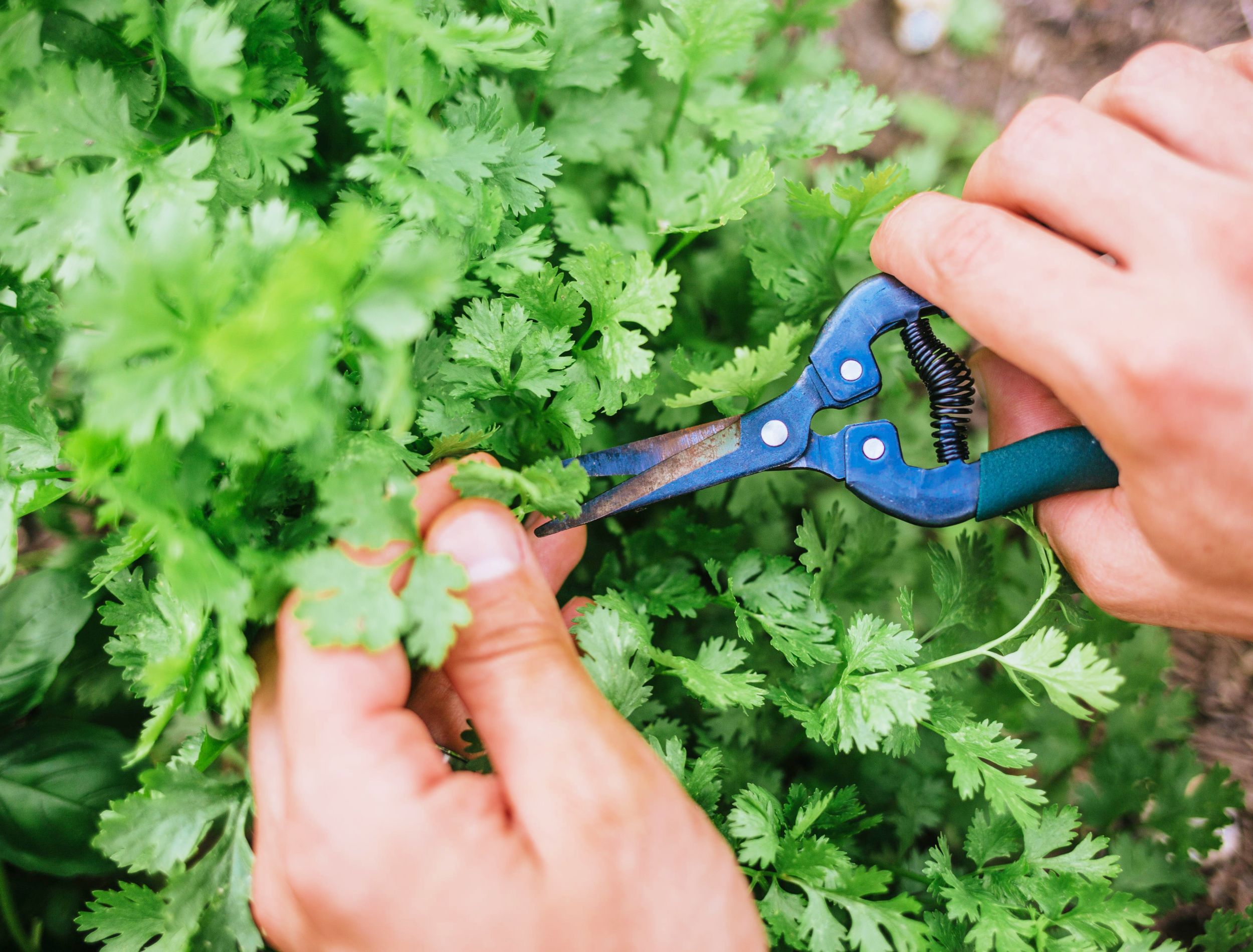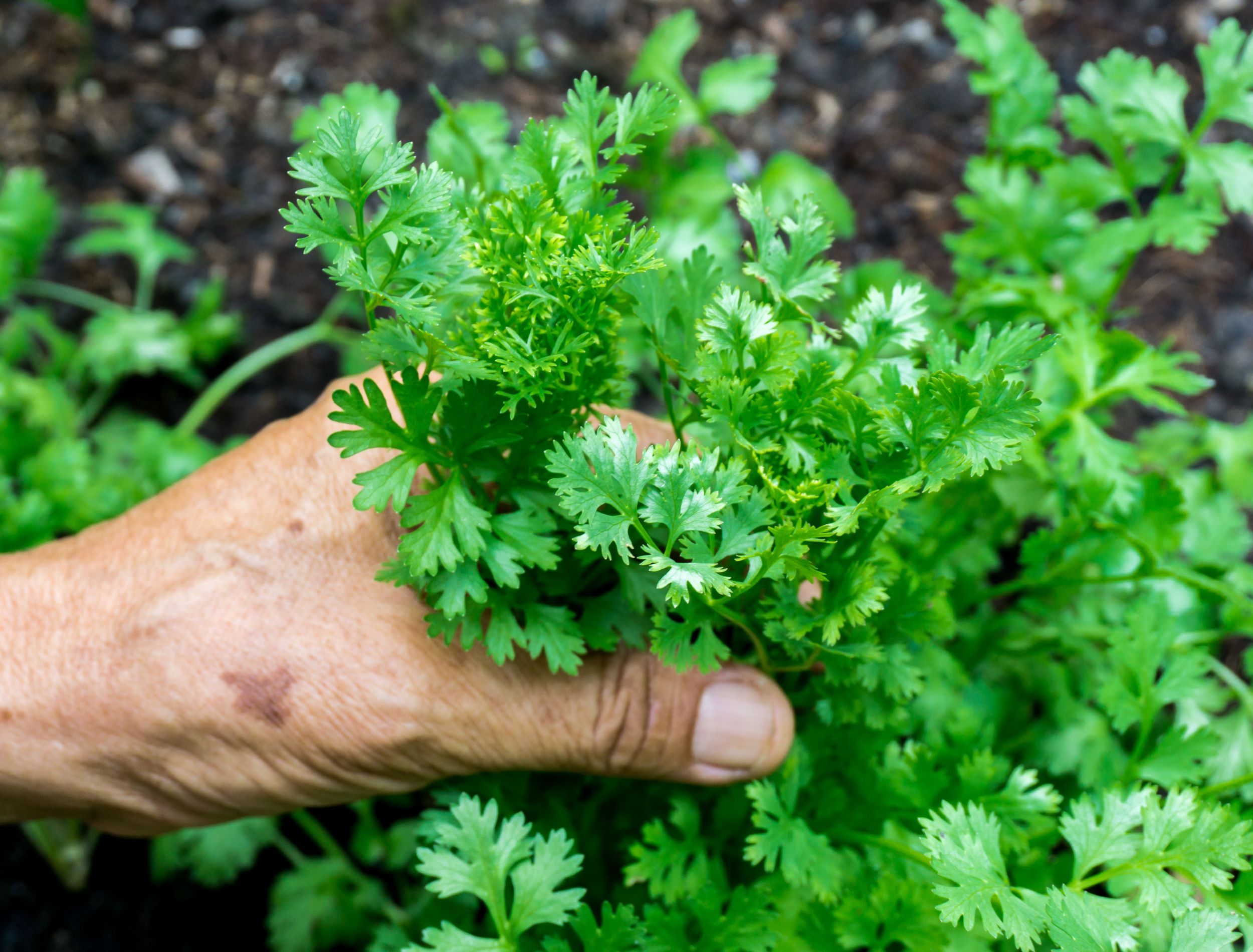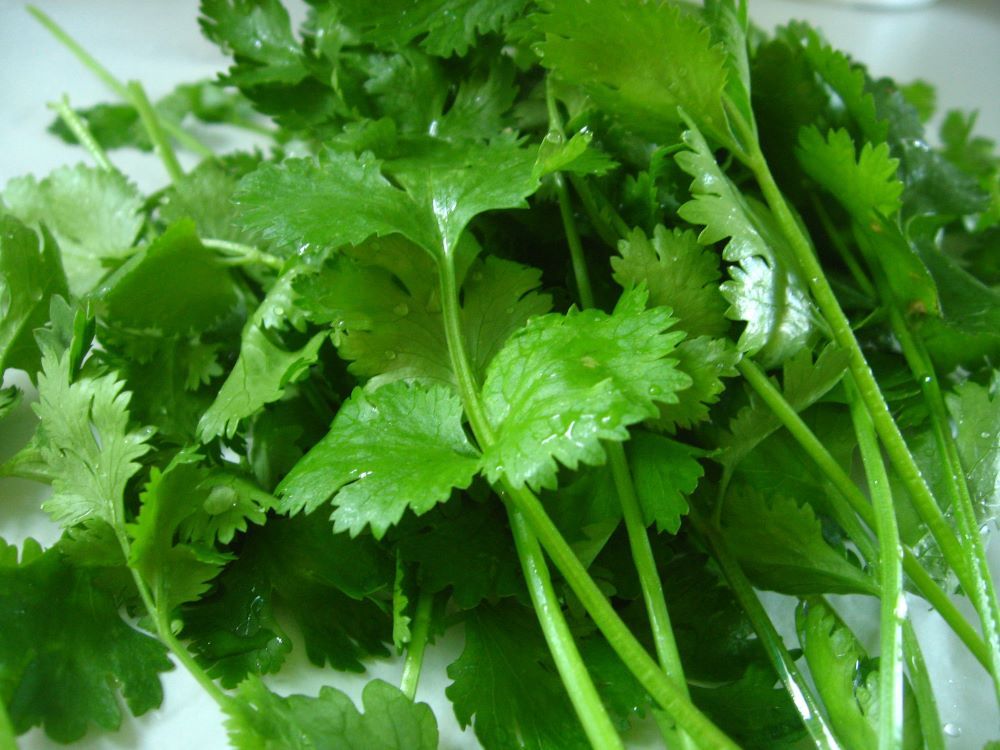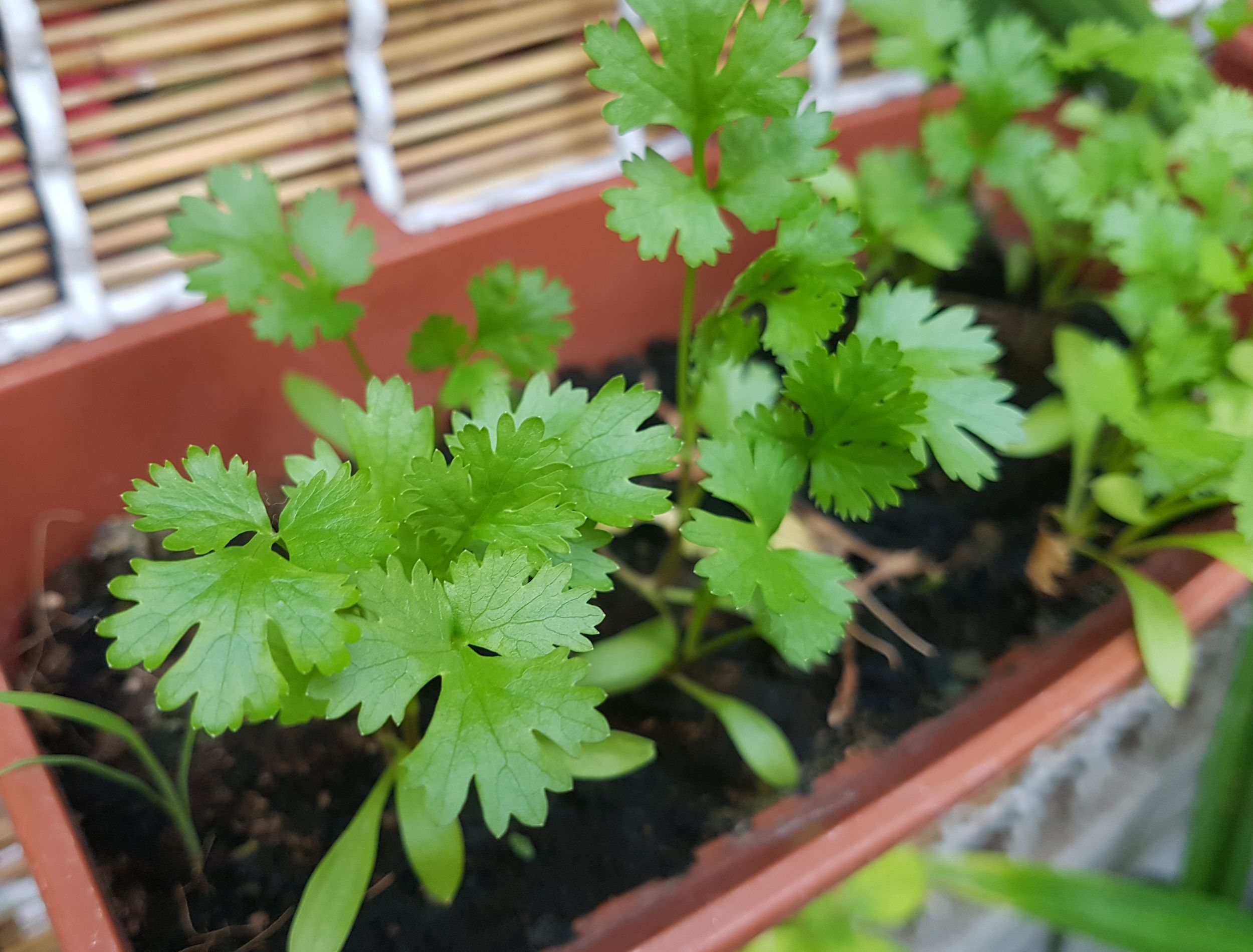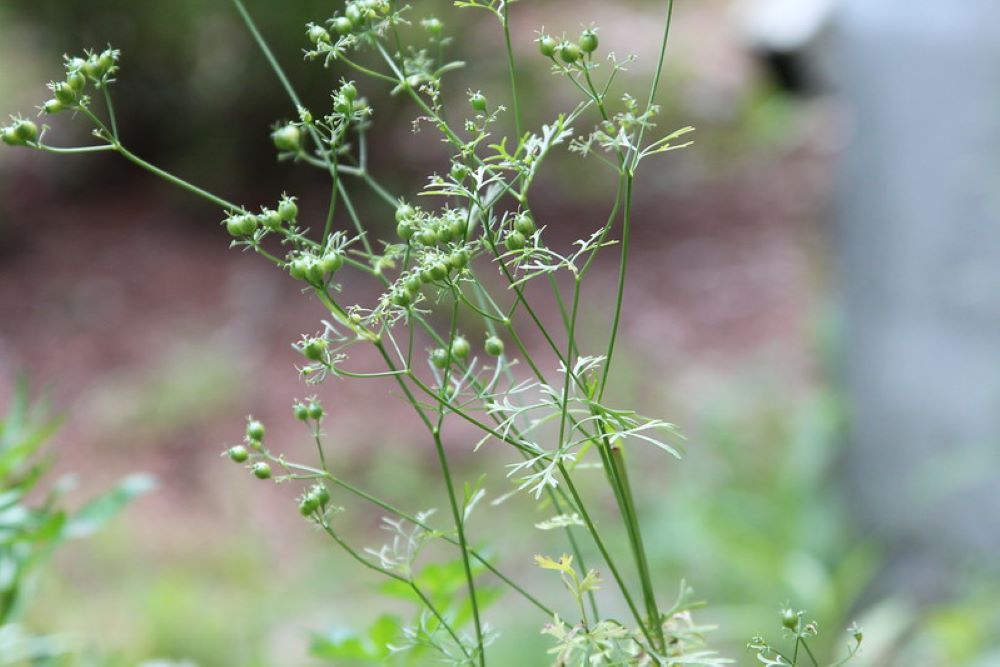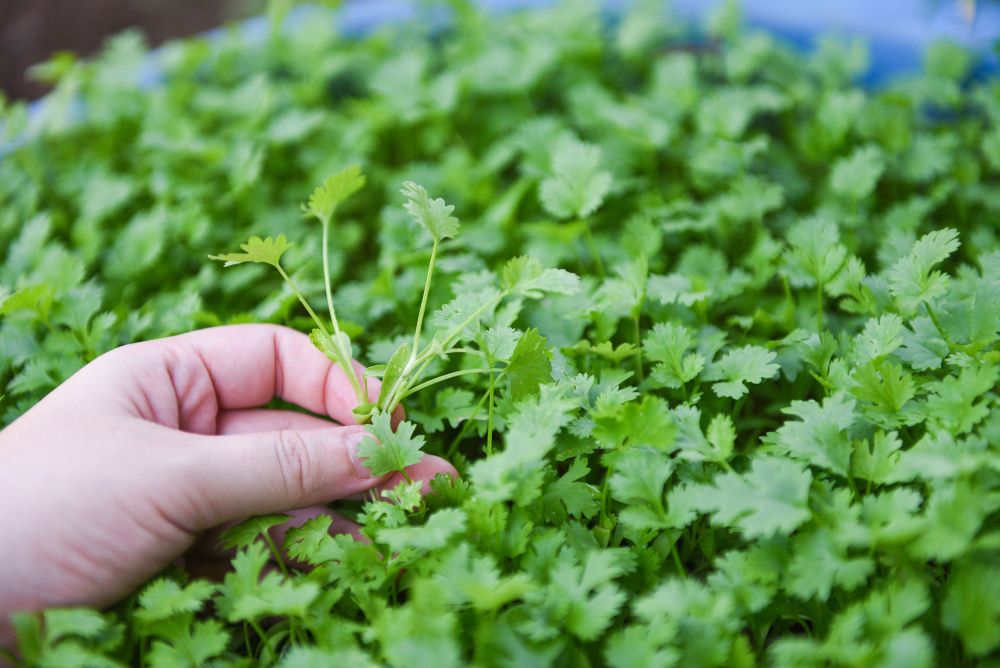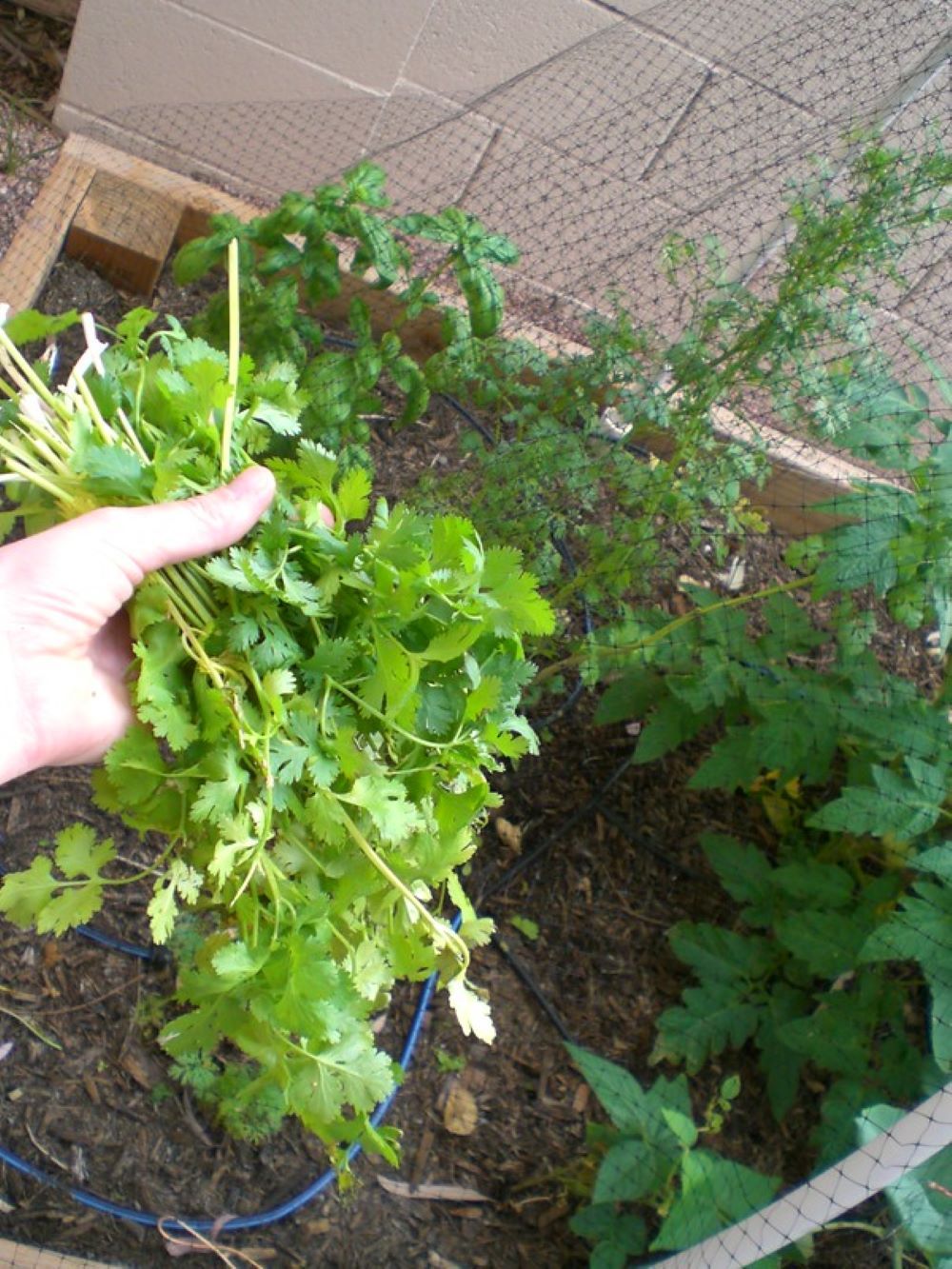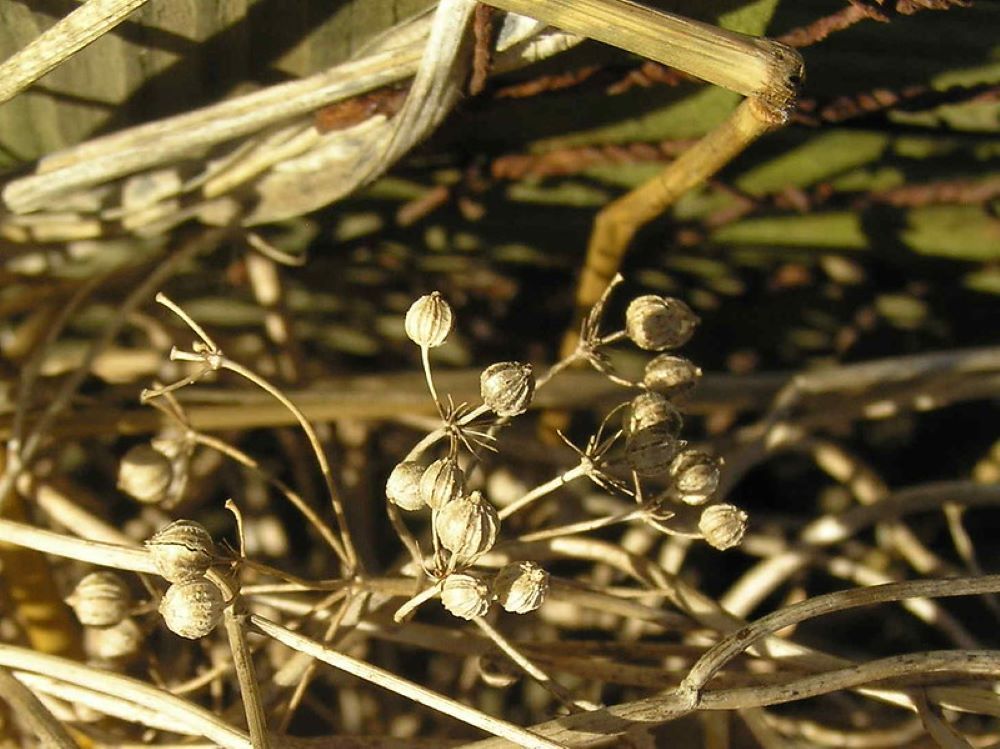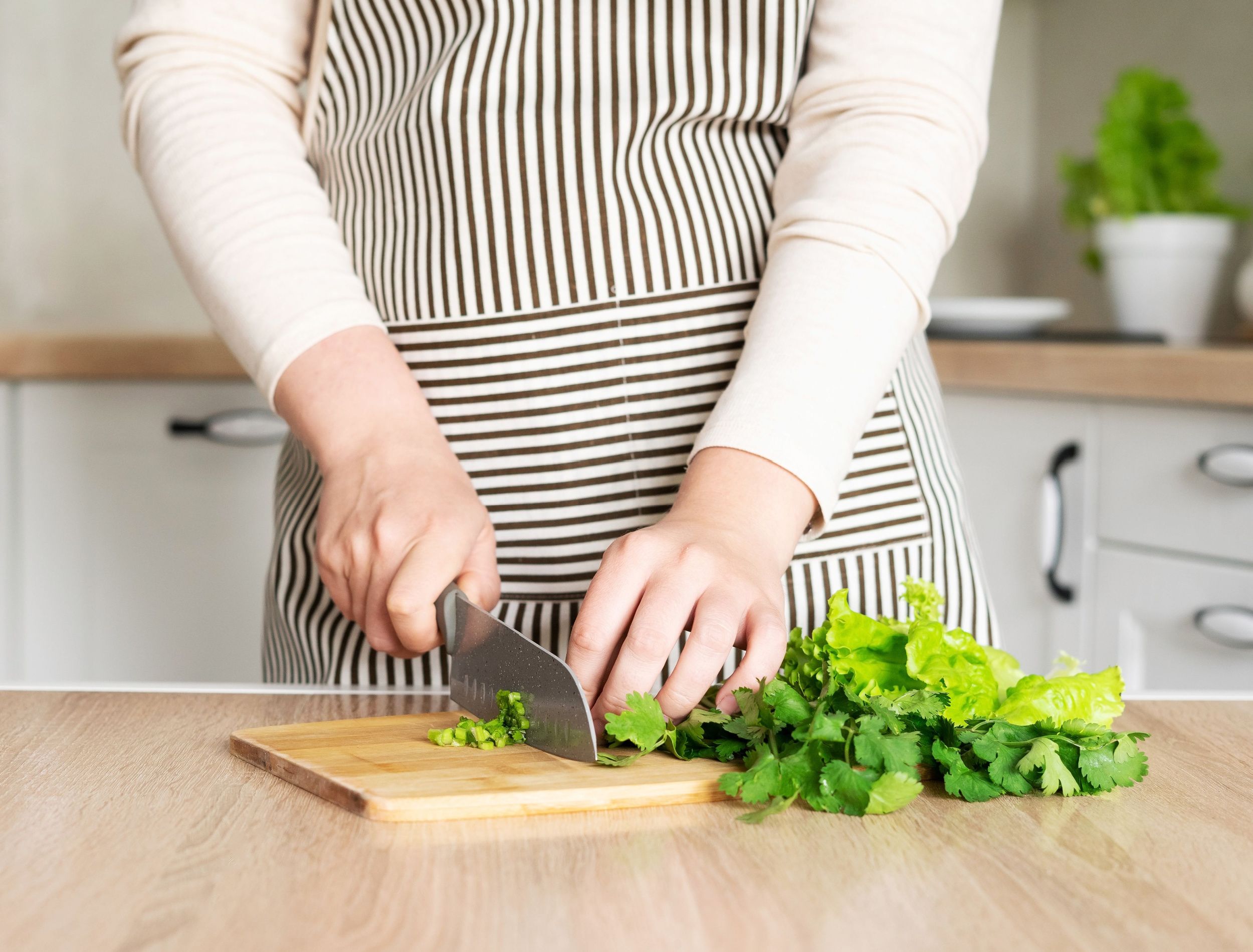Cilantro is a popular culinary herb that's used across a variety of cultures and cuisines. The aromatic scent of cilantro is easily identifiable, and its strong flavor garners an equally strong response — you either love it or you hate it. If you're in the cilantro love camp, this is a great herb to grow in your home garden.
Cilantro grows best when temperatures are between 50 and 85 degrees Fahrenheit. When they rise above this, the plant bolts, prematurely producing pink and white flowers. From seed to leaf harvest, cilantro takes between 40 and 80 days to grow. All parts of cilantro are edible, but in the US, the seeds and leaves are the most commonly harvested parts.
Discover how to harvest and store cilantro to use this herb in your favorite meals!
Materials You'll Need
Harvesting cilantro doesn't require complex equipment or tools. You only need a few things to get started.
- A mature cilantro plant.
- Sharp garden scissors or a small sickle-shaped knife.
When to Harvest Cilantro
Cilantro is a cut-and-come-again plant, meaning you can harvest leaves as needed. Throughout its growing season, cilantro will continue to produce more shoots and leaves. However, you can also cut the whole cilantro plant at once or wait to harvest the seeds (referred to as coriander). Each harvest method and use of cilantro means requires a different harvest time.
Cut and Come Again Harvest
In as few as 40 days after planting, cilantro is ready for its first cut and come again harvest. Look for the plant to be at least 6 inches tall with large, flat-shaped leaves. This cut-and-come-again harvest window will last until the weather warms up and the plant bolts. As soon as the plant bolts and sends up tall flower stalks accompanied by lacy leaves, your harvesting window is closed.
Whole Plant Harvest
Any time after your cilantro reaches 6 inches tall, you can harvest the whole plant. However, you may want to wait until your cilantro grows larger, and it's closer to bolting before harvesting. The weather largely determines when a cilantro plant bolts. As soon as temperatures pass 85 degrees Fahrenheit, cilantro is at risk of bolting, so harvest your whole plant when you see forecasted temperatures in this range.
If you want a second round of cilantro in the fall, let a few of your spring-planted cilantro plants develop flowers to self-seed. This way, you can grow more plants without having to plant more cilantro seeds!
Harvesting the Seeds
If you're looking to harvest the coriander seeds, you actually want your cilantro plant to flower. The plant produces seeds after the white and pink flower heads develop and die off. This happens in late summer or early fall, roughly 90 to 105 days after sowing your seeds. The plant will dry out two to three weeks after flowering, and the seeds will turn brown. This is a sign that your coriander seeds are ready for harvest.
How to Harvest Cilantro
You can harvest cilantro in a few short minutes. The method of harvesting varies based on what parts of the plant you plan to take.
Harvesting the Leaves
To harvest the leaves of your cilantro plant as you need them, follow three steps.
- Locate the large, outside leaves of your cilantro plant. These are milder in flavor than the smaller leaves, but removing them will encourage new growth.
- Cut these leaves off individually where they meet the main stem using sharp scissors or a sickle-shaped knife.
- When the large leaves are gone, harvest the smaller ones, cutting 1 to 1½ inches above the crown where the plant emerges from the dirt.
Never cut more than ¼ of the plant away at a time. Cutting away more than this at one time will stunt the growth of your cilantro plant.
Cutting Down the Whole Plant
You can harvest the entire cilantro plant in one of two ways.
1. Pulling method. Pull the entire plant from the ground, then cut away the roots. This is a final method of harvesting cilantro, as the plant won't regrow.
2. Cutting method. Cut the plant an inch from the ground, leaving the roots in the soil. If you leave an inch of the plant, it may grow new leaves as the season progresses so that you can get a second harvest in the fall.
When you pull the entire cilantro plant from the ground, you can also eat the roots! The roots have a strong cilantro flavor that's popular in Thai cuisine. To use cilantro root, cut away the little hairs and wash well.
Seed Collection
Harvesting coriander seeds can be done in two steps.
- Wait for at least half of the seeds on the plant to turn brown, then cut the seed heads away from the plant.
- Place the seed heads in a paper bag, and hang them up. After they've dried, the seeds will fall to the bottom of the paper bag, and you can then store them in an airtight container.
To maximize your cilantro harvest, try combining two methods of harvesting. Cut off young leaves and harvest as needed for fresh use at the beginning of the growing season. Then, allow the plant to bolt, flower, and produce seeds so you also get a coriander harvest!
How to Store Cilantro
After you've harvested your cilantro leaves, it's time to store them. The leaves of cilantro are best used fresh, but after harvesting, you can keep them short-term in the fridge. The leaves stay freshest when placed in a cup of water with a plastic bag covering the top of the glass. Stored this way, your cilantro will remain fresh for one to two weeks.
For larger cilantro harvests — or if you need to store your cilantro for a longer period — you can freeze or dry the leaves. To dry the leaves, gather small bunches and tie the stems together. Hang the bunches in a warm, dark location with plenty of air circulation and low humidity. The leaves will be crisp when you touch them in a few days. You can either remove the leaves from the stems or crush them into a powder before storing them in an airtight container.
Place cilantro leaves in reusable freezer bags or inside an airtight container lined with a paper towel to freeze them. Remove as much of the air as possible, then store in the freezer for up to six months.
Celebrate With Cilantro!
If you're one of those who love cilantro's flavor, why not grow it yourself in your garden? You can begin harvesting cilantro as early as 40 days after planting your seeds, and you'll be able to get multiple harvests from every plant. The leaves can be harvested throughout the season; you can allow the plant to flower for coriander seeds or harvest the whole plant in one cut.
Did you grow cilantro in your garden this year? Be sure to share this article with all your cilantro-loving friends and family!

